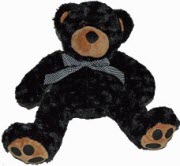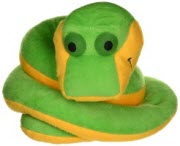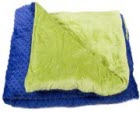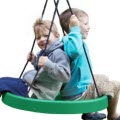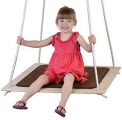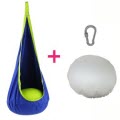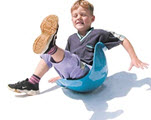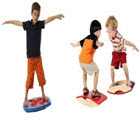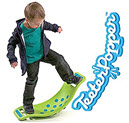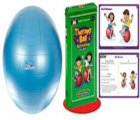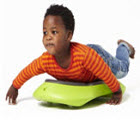Many children with autism spectrum disorders experience difficulty with everyday sensory stimulation; this can be related to noise, touch, taste textures or a variety of sensitivities. The world around an autistic child is likely to cause anxiousness and affect their learning and how they engage with the world.
Helpful Sensory Toys and Equipment for Autistic Children
Here are some sensory toys and equipment that can be particularly helpful for children with autism or sensory processing issues, but that may be enjoyed by all children.
Benefits of a Sensory Diet
Children with autism and other sensory disorders can greatly benefit from a range of sensory toys and activities, especially as part of a “sensory diet.”
A sensory diet is similar to a food diet, but instead of food a child has an activity program that encourages a variety of sensations to be experienced throughout the day, which is why having austism sensory toys can be helpful. Children with autism or a sensory integration disorder follow their individual plan to help them meet their sensory processing needs and feel calm, alert and organised.
And for children without sensory processing disorders, a varied ‘sensory diet’ – enjoying and being introduced to a wide range of sensory experiences, is part of a healthy childhood and building strong neural connections for future learning.
Sensory Processing for Autistic Children
Sensory processing is the “procedure in which we take in sensory messages from our bodies and surroundings. Then we interpret these messages and organize our purposeful responses. This occurs when information about sensations is passed back and forth between the central nervous system and the peripheral nervous system.” (Kranowitz, 2004)
Sensory intake is happening to all of us, all the time. Each sense acts individually and in union with the others to send us information about our environments and our body in each environment. For some individuals, especially those with an autism spectrum disorder, there may be sensory processing dysfunctions or difficulties and they are unable to respond appropriately to ordinary experiences and sensations.
For these children, sensory play and sensory integration activities are vital in helping him/her to learn to cope with what can be overwhelming sensory input and to help build better neural connections.
The good news is that sensory integration activities are a fun and a necessary part of development for any child, whether they have autism spectrum disorder or not.
The best part about sensory activities is the creative fun you can have coming up with ideas, playing with your child using sensory input or purchasing unique toys and products anyone would love! In fact, because these treatment activities are so fun, it often doesn’t even look like “therapy”. Children just think they’re having fun when they are actually working at building essential skills with their bodies and better neurological systems.
Occupational therapist Alison Wheeland shares a story about how a sensory integration session looks for one child with autism.
“A little boy is sitting in a ball pit, with a therapist kneeling next to the pit. As she points down, the little boy reaches sideways into the pit and pulls out a Beanie Baby. The woman holds up another Beanie Baby, and the boy makes his Beanie Baby give her Beanie Baby a kiss. The woman smiles and rubs the boy firmly on his back. If you didn’t know this was a therapy clinic, you might assume this was a day care during play time. Perhaps nothing in this scene would make you think “therapy.”
But with a little more background, you would understand that this 4-year-old has autism. The boy was referred to occupational therapy because of severe challenges bathing, dressing, eating and participating in social interactions with his family. His mom’s biggest hope is that her son will someday let her kiss him. He was also having trouble in school.
The occupational therapist’s evaluation determined that extreme sensitivity to sensory input was the root cause of the boy’s challenges. He had sensitivities not only to touch, bright lights, loud noises and movement, but also to quiet background noises that most people easily tune out. He constantly felt under stress from all this incoming sensory information. As a result, it took very little to push him into panic.
With this information, you can now see the above scene in a different light. The therapist is using play to help change how the boy’s brain reacts to touch, sound, sight and movement. Over the past few months, she has introduced him to new textures and challenged his sensory systems with a variety of carefully selected games. She is using this sensory integration approach to change the way that the boy’s brain interprets sensory information.
It’s becoming easier for his parents to dress him because his clothes don’t bother him as much. Washing his hair is easier because he can tip his head back without panicking. He’s been playing with new foods, too, acquainting himself with their textures as a first step toward taking a bite. His growing ability to tune out distracting sights, sounds and touch sensations will help him focus and learn in school. And, yes, he’s getting used to the idea of kisses – though just between Beanie Babies for now.”

